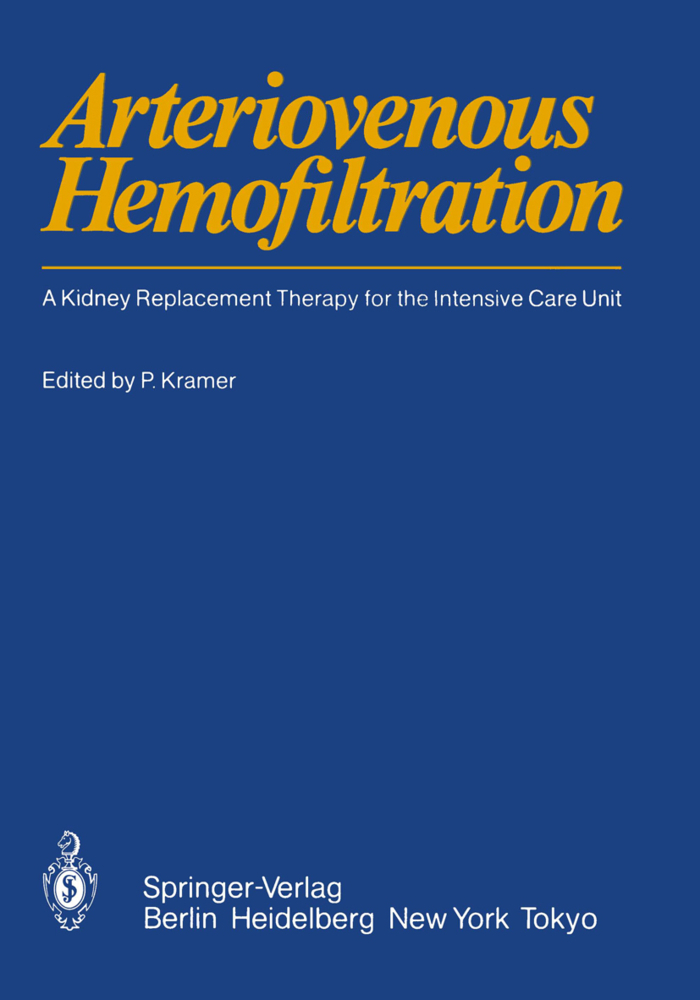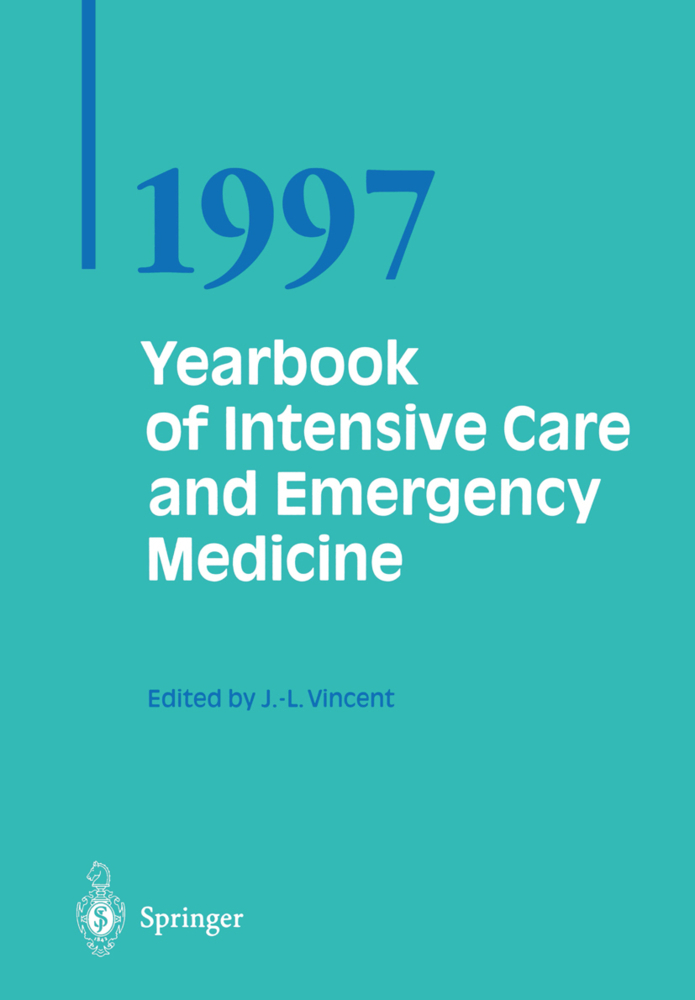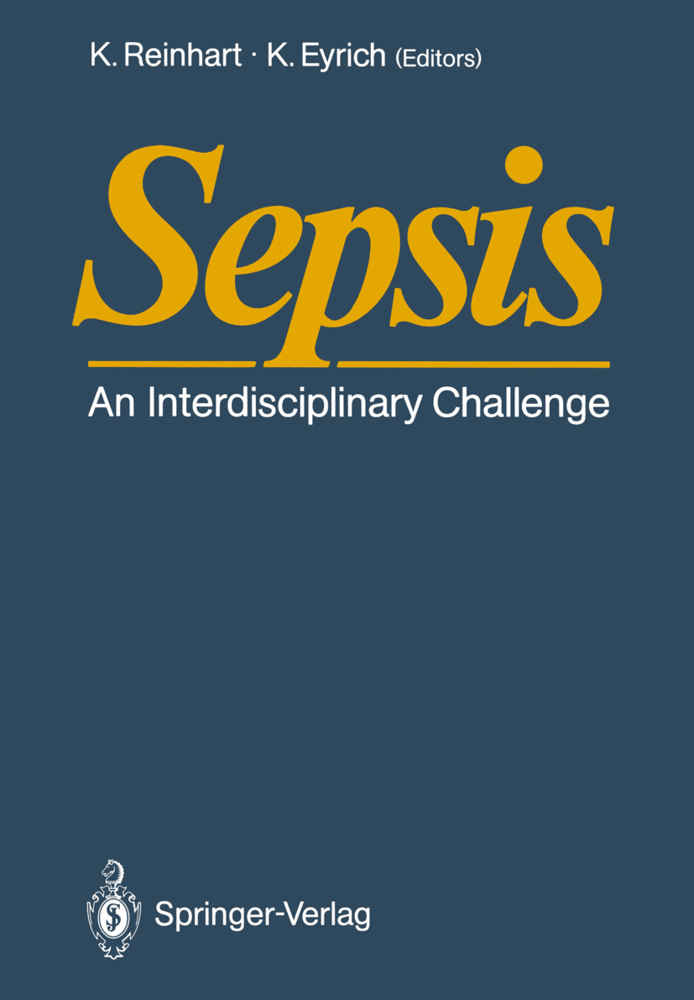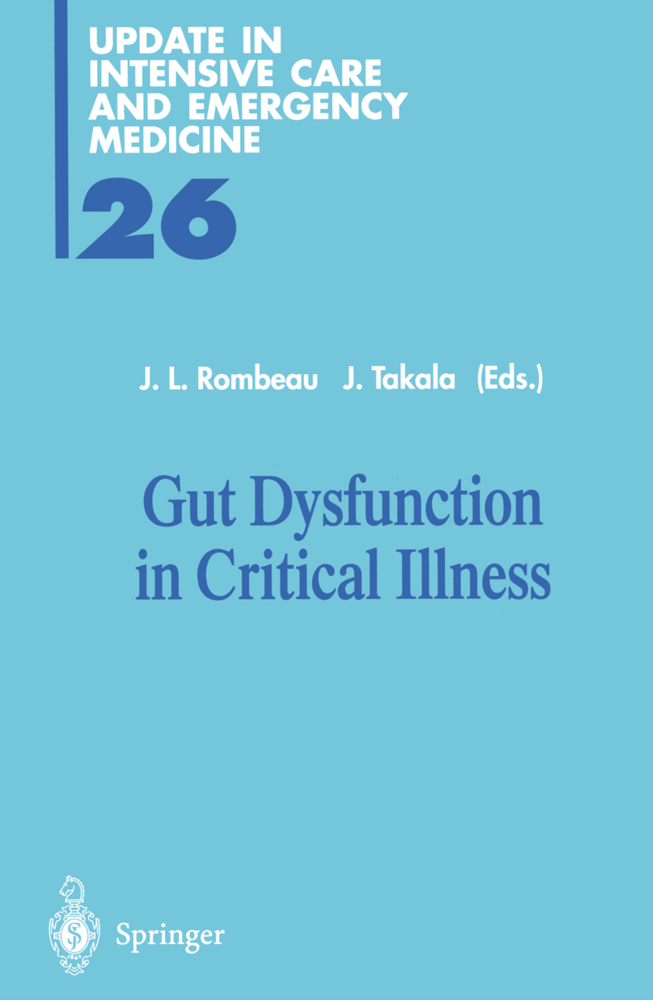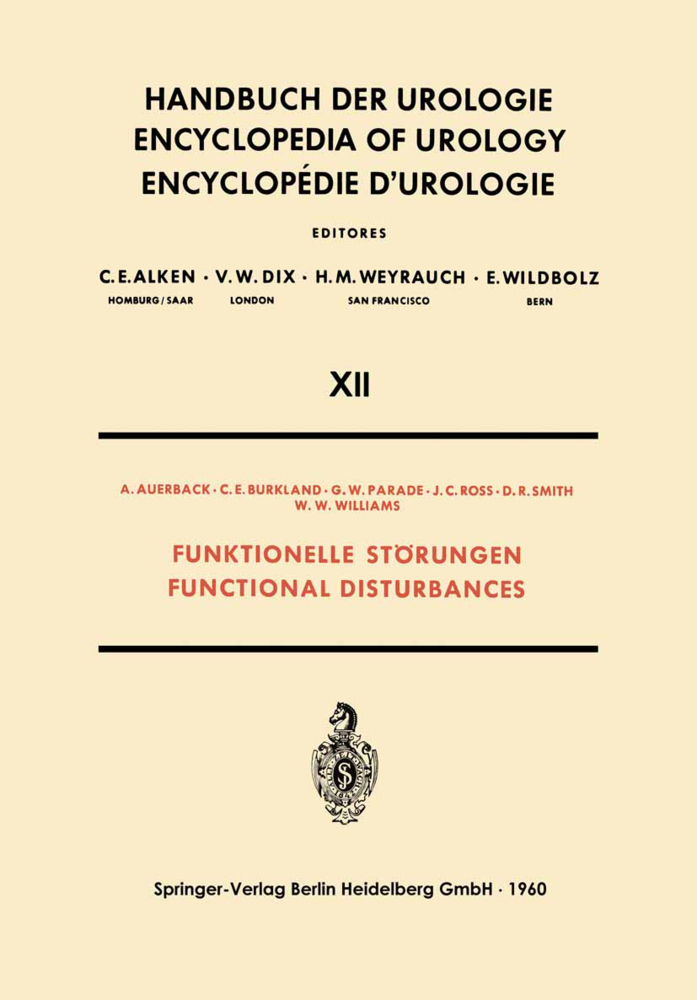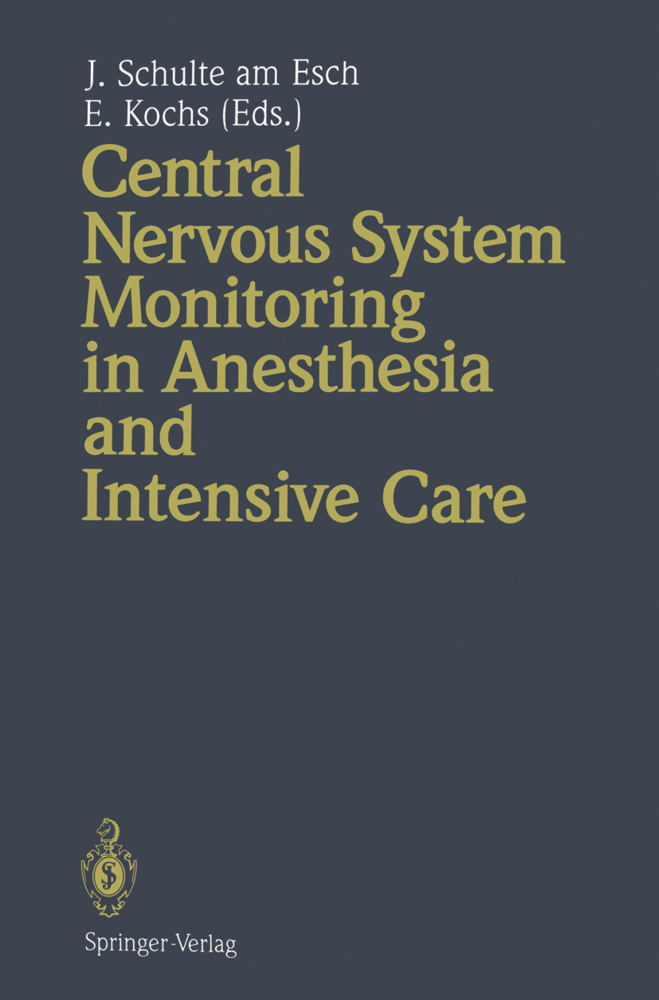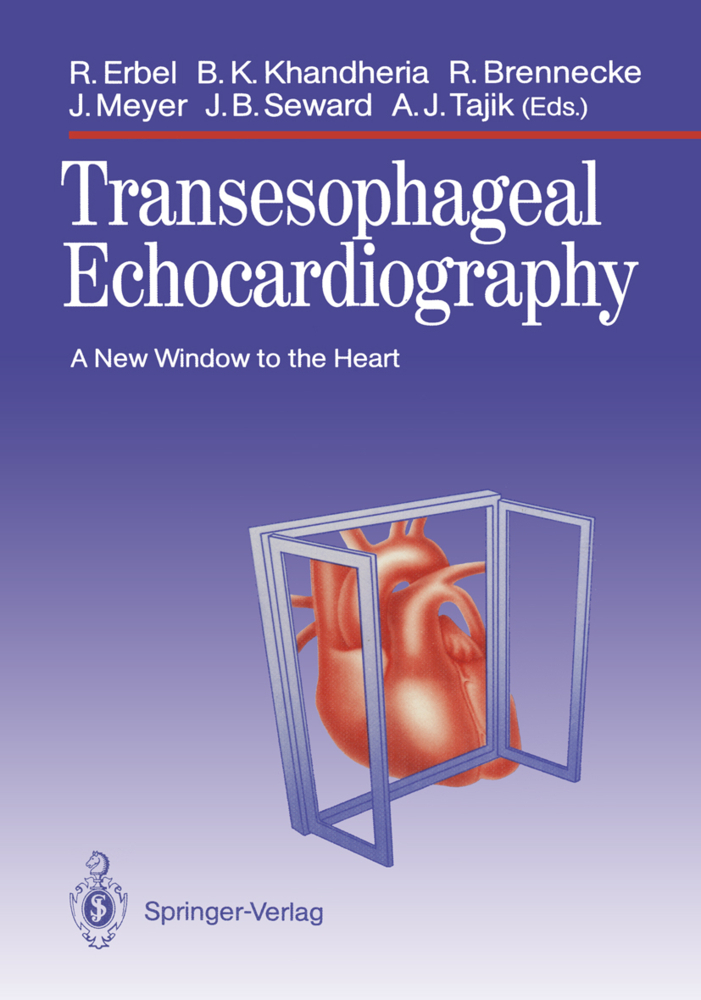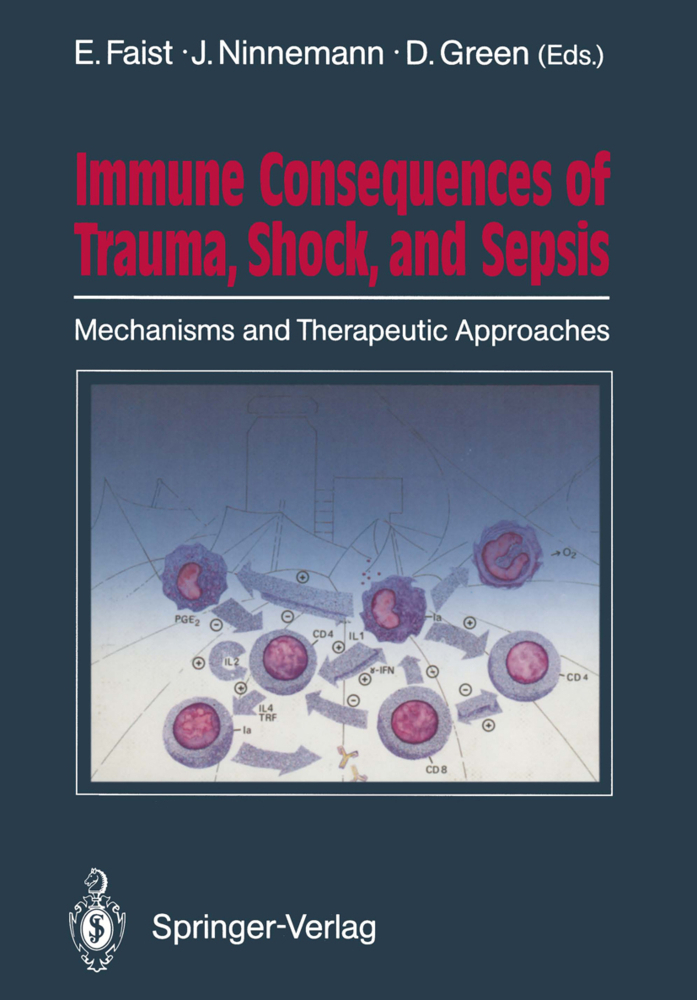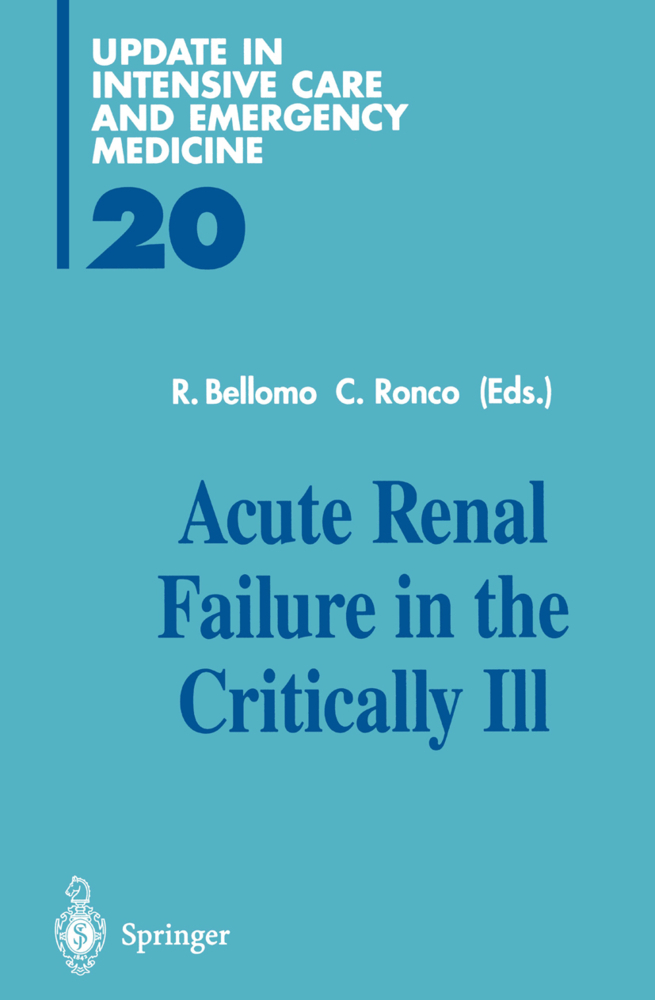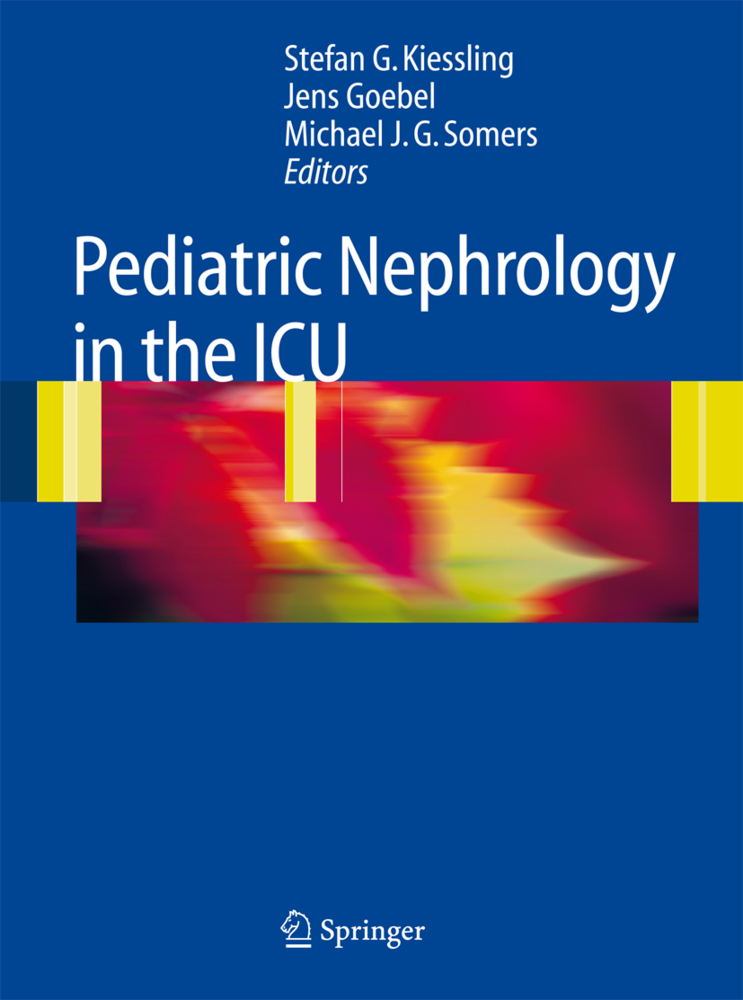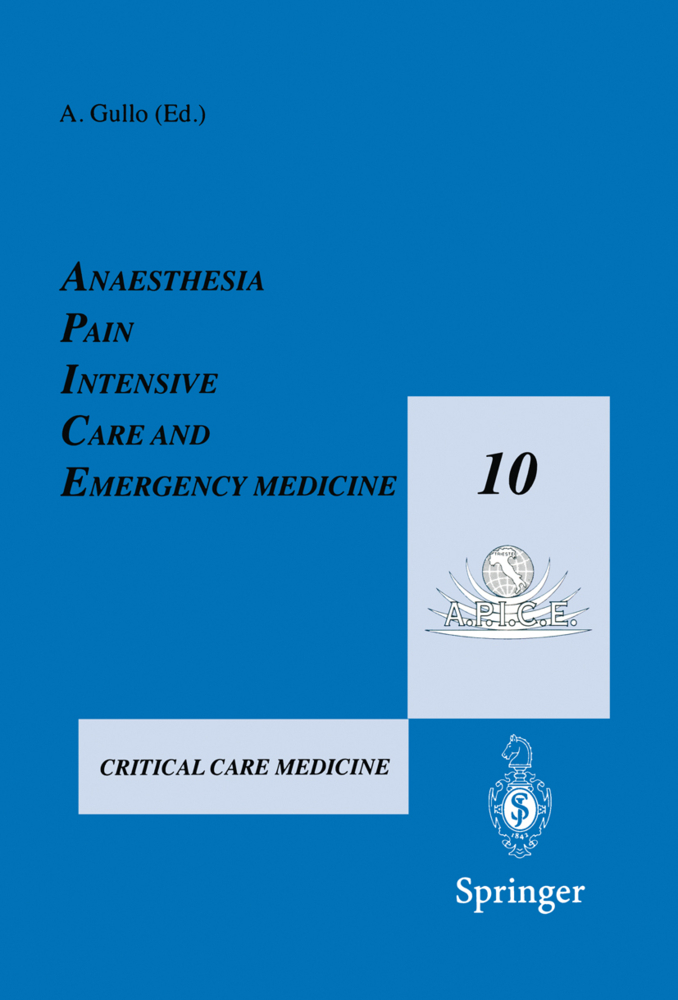Arteriovenous Hemofiltration
A Kidney Replacement Therapy for the Intensive Care Unit
Arteriovenous Hemofiltration
A Kidney Replacement Therapy for the Intensive Care Unit
Discovery and Relative Importance of Continuous Arteriovenous HemofIltration Lee W. Henderson Continuous arteriovenous hemofiltration (CAVH) has seen a brisk upswing in popularity in Europe since its introduction by Dr. Kramer and colleagues from Gottingen, West Germany in 1977 [1]. In the United States, the technique re ceived approval as a clinical tool from the Food and Drug Administration in April 1982. This approval flowed, in no small measure, from the extensive expe rience reported from Europe and in particular West Germany [e. g. , 2, 3]. Reports of its clinical utility now have begun to appear in the United States [4]. Removal of excess total body water using synthetic membranes in an extracor poreal circuit dates back to the work of Alwall and the artificial kidney that he designed which permitted utilization of a hydrostatic pressure gradient to moti vate water flow across the membrane [5]. Kolffs original rotating drum with its unencased membrane required an osmotic driving force [6]. Hemofiltration, the use of the filtration process to remove uremic solutes with the artificial kidney, in analogy with the glomerulus, was reported in 1967 [7]. This was made possible by the availability of synthetic membranes with far higher hydraulic permeability (approximately 10 times higher) than conventionally used cellulosic hemodialysis membrane. Specific applications of these "high flux" membranes to the removal primarily of excess total body water followed shortly thereafter [8].
Mass Transfer in Arteriovenous Hemofiltration
Effect of Hydrostatic Pressure and Hematocrit on Blood Flow and Filtration Rate
Influence of Colloid-Osmotic Pressure on the Filtration Rate During Continuous Arteriovenous Hemofiltration
Biocompatibility
Leukocyte Counts and Complement Activation Düring Arteriovenous and Pump-Driven Hemofiltration
Vascular Accesses
Puncture and Long-Term Cannulation of the Femoral Artery and Vein in Adults
Venovenous Ultrafiltration and Hemofiltration Via the Internal Jugular Vein Using a Double-Head Pump. A Simple Emergency Procedure
Comparison Between Scribner Shunt and Femoral Catheters as Vascular Access for Continuous Arteriovenous Hemofiltration
Coagulation - Anticoagulation - Heparin Dosage
Alterations of Blood Coagulation in Patients with Acute Renal Failure
Anticoagulation in Continuous Arteriovenous Hemofiltration
Activated Clotting Time for Heparin in Dosage Monitoring in Continuous Arteriovenous Hemofiltration
Setup and Fluid-Balancing Equipment
Preparation of the Setup for Performing Arteriovenous Hemofiltration
Simple Techniques for Accurate Fluid Balancing During Continuous Arteriovenous Hemofiltration
A New Mechanical Device for Automatic Fluid Balancing in Continuous Arteriovenous Hemofiltration
A Computer Monitor to Simplify the Management of Fluid Balance During Continuous Arteriovenous Hemofiltration
Blood Volume and Blood Flow
Continuous Noninvasive Monitoring of Blood Volume During Arteriovenous Hemofiltration
Doppler Sonographie Measurement of the Blood-Flow Rate in the Extracorporeal Tubing System Düring ArteriovenousHemofiltration
Bedside Estimation of Blood-Flow Rate
Fluid and Electrolyte Substitution
Management of Electrolyte and Acid-Base Metabolism with Continuous Arteriovenous Hemofiltration
Potential Risks of Large-Volume Intravenous Fluid Therapy by Bacteria, Endotoxins, Trace Elements, and Particulate Matter
Parenteral Nutrition
Parenteral Nutrition in Patients with Acute Renal Failure Treated by Continuous Arteriovenous Hemofiltration
Energy Balance and Survival in Patients with Acute Renal Failure
Drug Dosage
Drug Dosage in Patients on Continuous Arteriovenous Hemofiltration
Cardiopulmonary Failure and Bypass
Importance of Continuous and Slow Fluid Withdrawal in Patients with Impending Cardiogenic Shock
Pulmonary Interstitial Edema: An Indication for Continuous Arteriovenous Hemofiltration?
Ultrafiltration Düring Cardiopulmonary Bypass
General Surgery
Experience with Continuous Arteriovenous Hemofiltration in Surgical Intensive Care Patients
Potentials and Pitfalls of Continuous Arteriovenous Hemofiltration
Intensive Care Potentials of Continuous Arteriovenous Hemofiltration
Differential Indications for the Use of Continuous Arteriovenous Hemofiltration
Limitations and Pitfalls of Continuous Arteriovenous Hemofiltration
Chronic Renal Failure
Slow Continuous Ultrafiltration. Supplemental Therapy to Intermittent Hemodialysis
Miscellaneous
Continuous Pump-Driven Hemofiltration in Renal Failure
Diagnostic Hemoperfusion Düring Continuous Arteriovenous Hemofiltration in Patients with Septicemic Acute Renal Failure
Intestinal Substitution in Arteriovenous Hemofiltration. An Experimental Study on Inexpensive Long-Term Application of Continuous Arteriovenous Hemofiltration
Cerebral Edema: Treatment by Continuous ArteriovenousHemofiltration. A Case Report.
Discovery and Relative Importance of Continuous Arteriovenous Hemofiltration
Physical Determinants of Continuous Arteriovenous HemofiltrationMass Transfer in Arteriovenous Hemofiltration
Effect of Hydrostatic Pressure and Hematocrit on Blood Flow and Filtration Rate
Influence of Colloid-Osmotic Pressure on the Filtration Rate During Continuous Arteriovenous Hemofiltration
Biocompatibility
Leukocyte Counts and Complement Activation Düring Arteriovenous and Pump-Driven Hemofiltration
Vascular Accesses
Puncture and Long-Term Cannulation of the Femoral Artery and Vein in Adults
Venovenous Ultrafiltration and Hemofiltration Via the Internal Jugular Vein Using a Double-Head Pump. A Simple Emergency Procedure
Comparison Between Scribner Shunt and Femoral Catheters as Vascular Access for Continuous Arteriovenous Hemofiltration
Coagulation - Anticoagulation - Heparin Dosage
Alterations of Blood Coagulation in Patients with Acute Renal Failure
Anticoagulation in Continuous Arteriovenous Hemofiltration
Activated Clotting Time for Heparin in Dosage Monitoring in Continuous Arteriovenous Hemofiltration
Setup and Fluid-Balancing Equipment
Preparation of the Setup for Performing Arteriovenous Hemofiltration
Simple Techniques for Accurate Fluid Balancing During Continuous Arteriovenous Hemofiltration
A New Mechanical Device for Automatic Fluid Balancing in Continuous Arteriovenous Hemofiltration
A Computer Monitor to Simplify the Management of Fluid Balance During Continuous Arteriovenous Hemofiltration
Blood Volume and Blood Flow
Continuous Noninvasive Monitoring of Blood Volume During Arteriovenous Hemofiltration
Doppler Sonographie Measurement of the Blood-Flow Rate in the Extracorporeal Tubing System Düring ArteriovenousHemofiltration
Bedside Estimation of Blood-Flow Rate
Fluid and Electrolyte Substitution
Management of Electrolyte and Acid-Base Metabolism with Continuous Arteriovenous Hemofiltration
Potential Risks of Large-Volume Intravenous Fluid Therapy by Bacteria, Endotoxins, Trace Elements, and Particulate Matter
Parenteral Nutrition
Parenteral Nutrition in Patients with Acute Renal Failure Treated by Continuous Arteriovenous Hemofiltration
Energy Balance and Survival in Patients with Acute Renal Failure
Drug Dosage
Drug Dosage in Patients on Continuous Arteriovenous Hemofiltration
Cardiopulmonary Failure and Bypass
Importance of Continuous and Slow Fluid Withdrawal in Patients with Impending Cardiogenic Shock
Pulmonary Interstitial Edema: An Indication for Continuous Arteriovenous Hemofiltration?
Ultrafiltration Düring Cardiopulmonary Bypass
General Surgery
Experience with Continuous Arteriovenous Hemofiltration in Surgical Intensive Care Patients
Potentials and Pitfalls of Continuous Arteriovenous Hemofiltration
Intensive Care Potentials of Continuous Arteriovenous Hemofiltration
Differential Indications for the Use of Continuous Arteriovenous Hemofiltration
Limitations and Pitfalls of Continuous Arteriovenous Hemofiltration
Chronic Renal Failure
Slow Continuous Ultrafiltration. Supplemental Therapy to Intermittent Hemodialysis
Miscellaneous
Continuous Pump-Driven Hemofiltration in Renal Failure
Diagnostic Hemoperfusion Düring Continuous Arteriovenous Hemofiltration in Patients with Septicemic Acute Renal Failure
Intestinal Substitution in Arteriovenous Hemofiltration. An Experimental Study on Inexpensive Long-Term Application of Continuous Arteriovenous Hemofiltration
Cerebral Edema: Treatment by Continuous ArteriovenousHemofiltration. A Case Report.
Kramer, Peter
| ISBN | 978-3-540-15317-7 |
|---|---|
| Artikelnummer | 9783540153177 |
| Medientyp | Buch |
| Copyrightjahr | 1985 |
| Verlag | Springer, Berlin |
| Umfang | XI, 244 Seiten |
| Abbildungen | XI, 244 p. 40 illus. |
| Sprache | Englisch |

